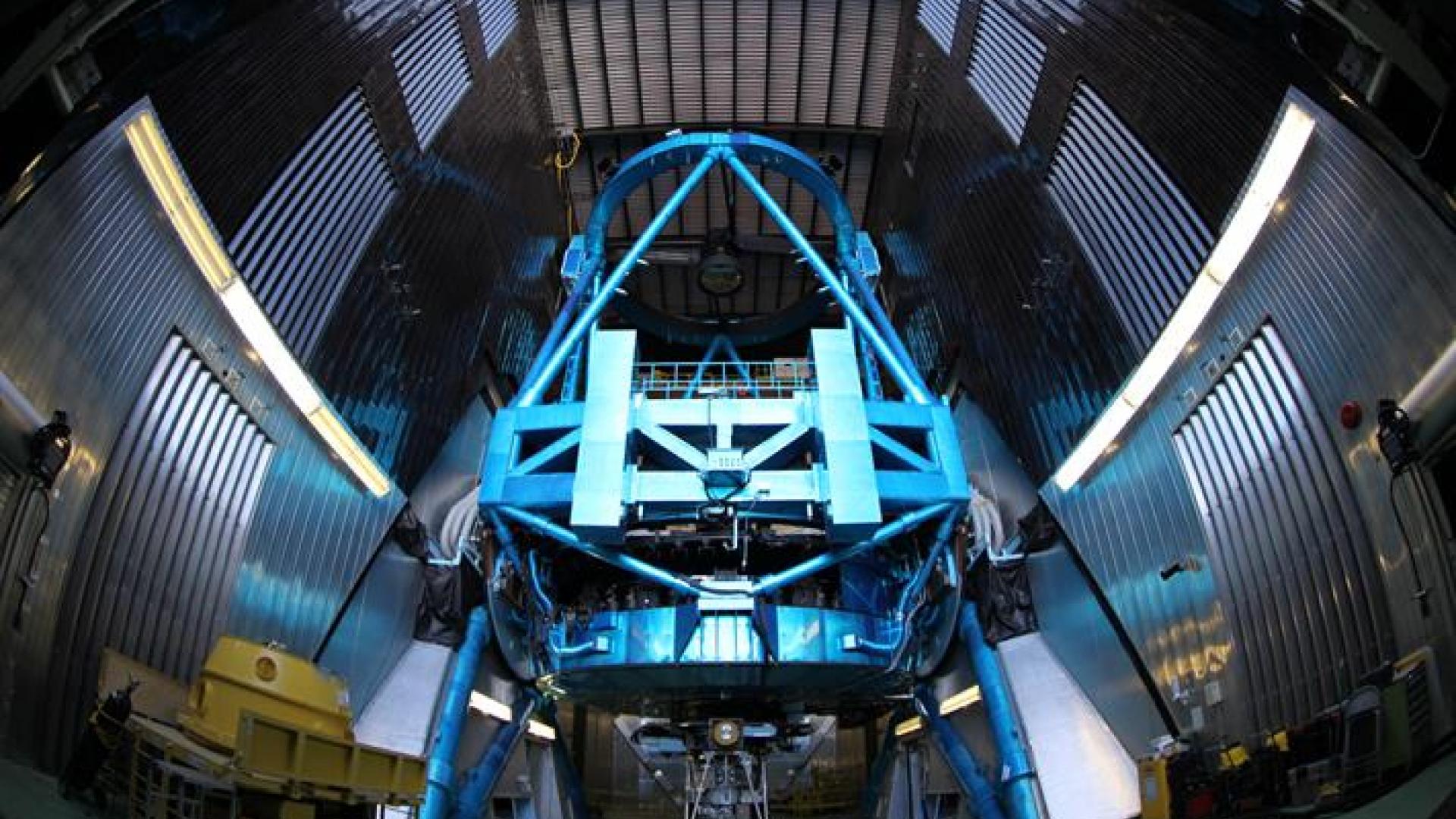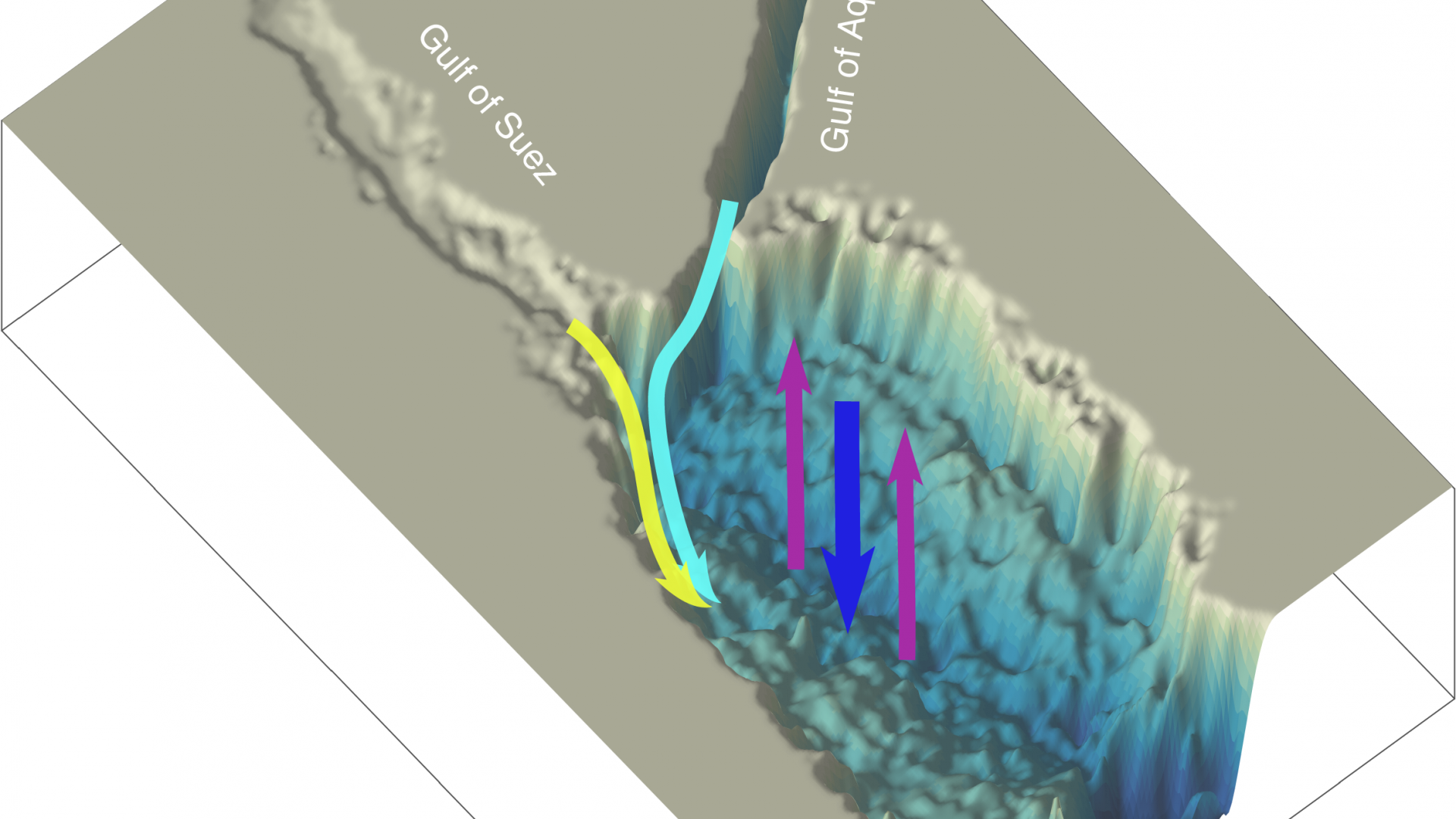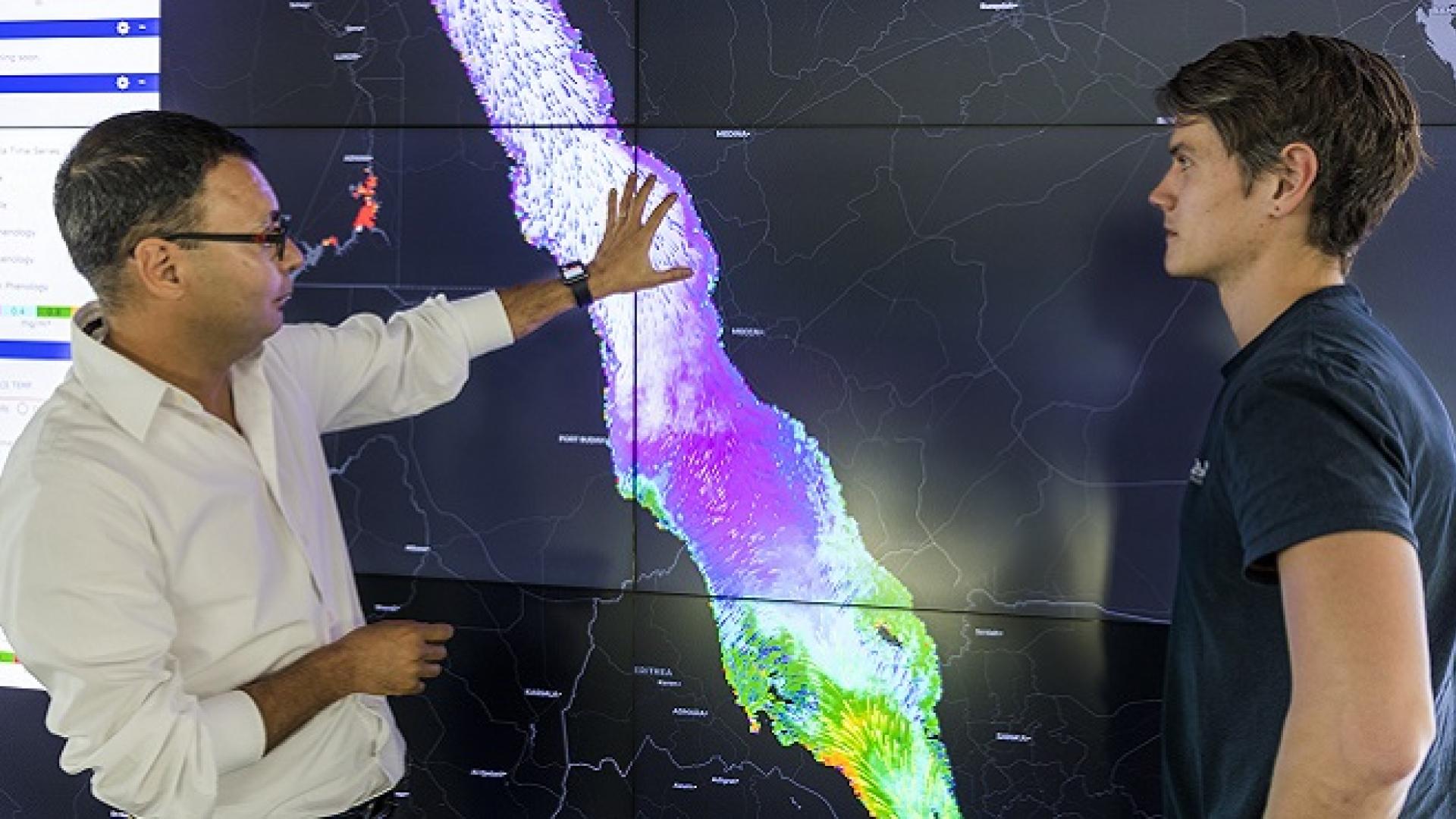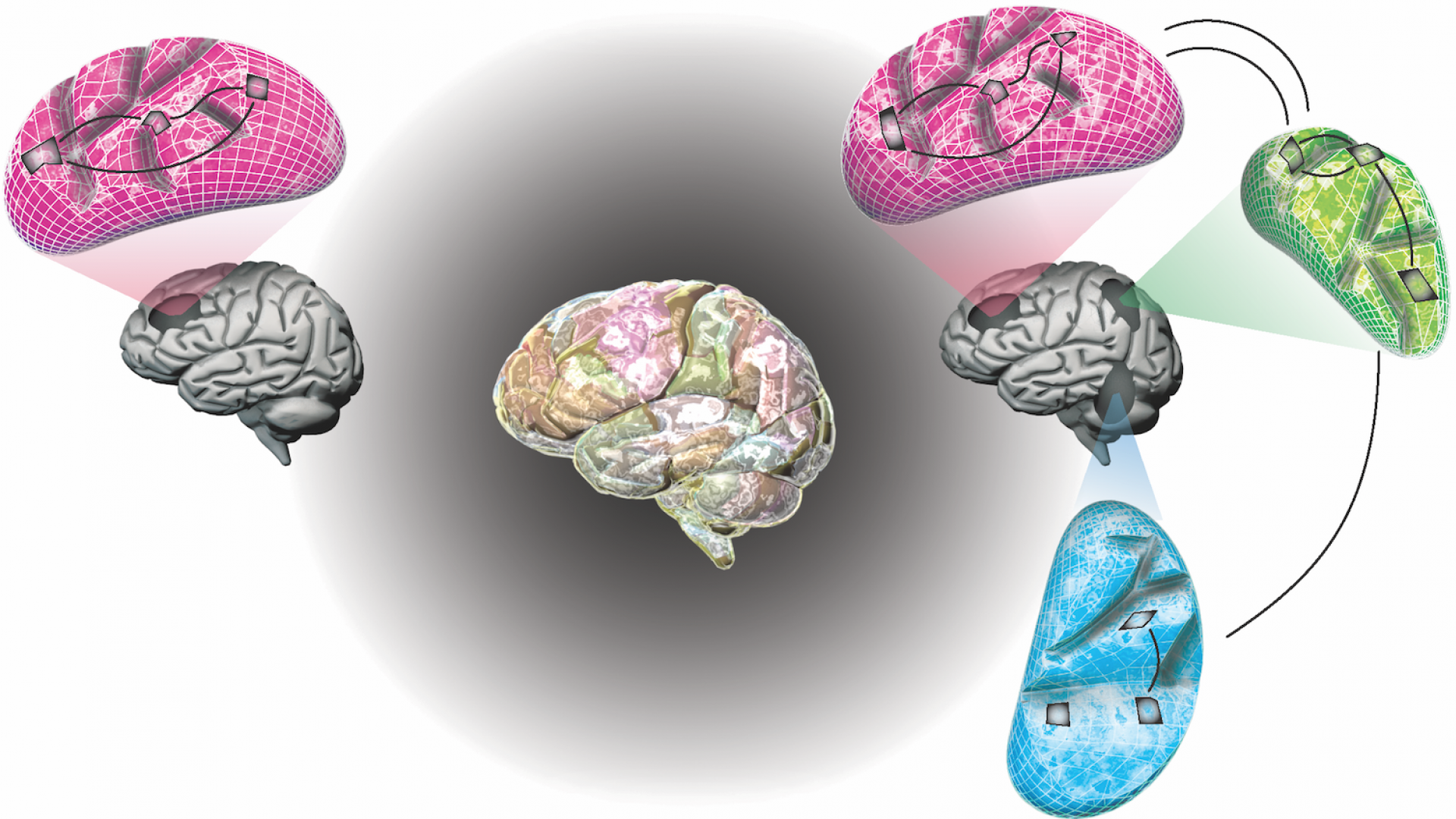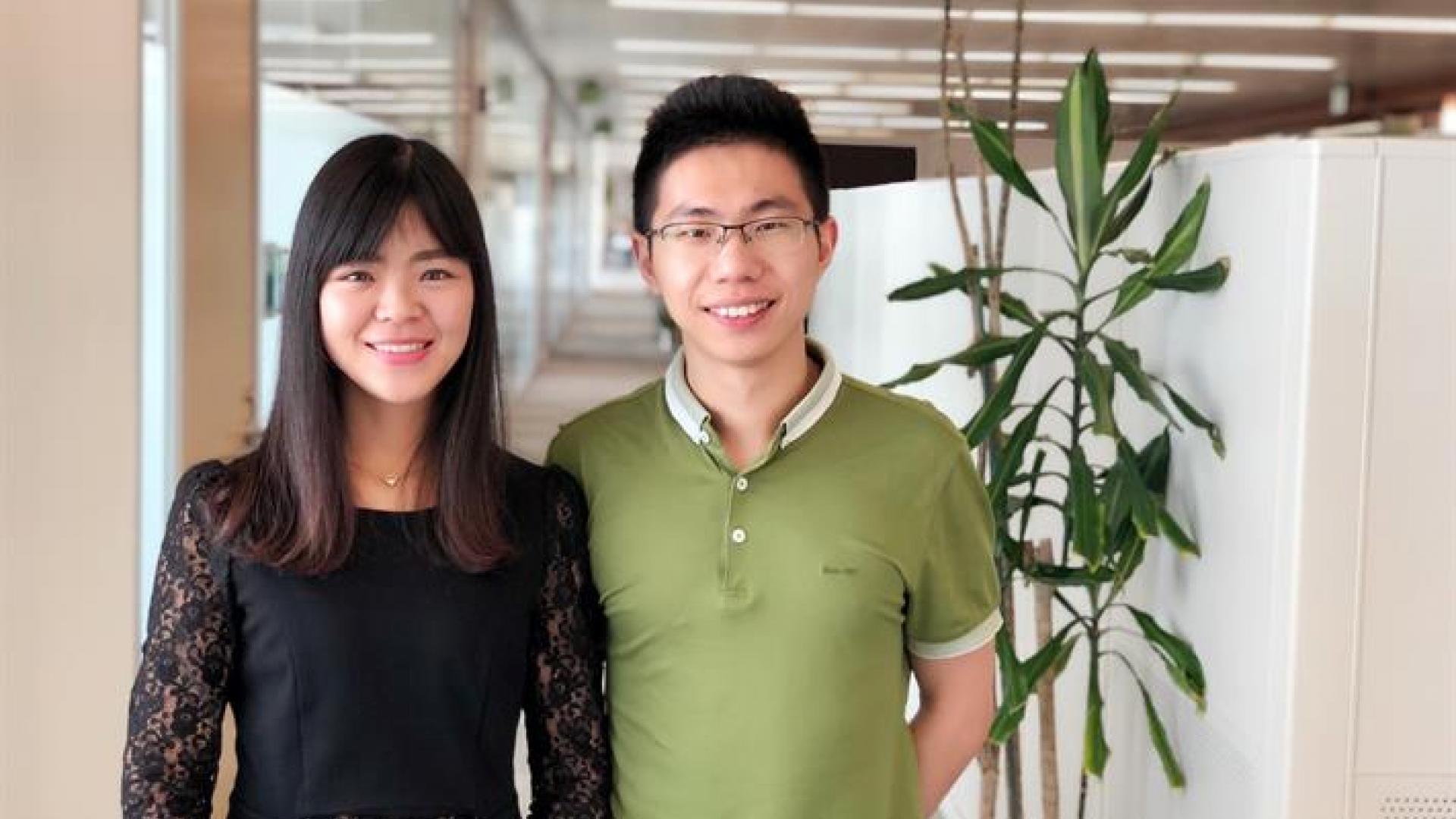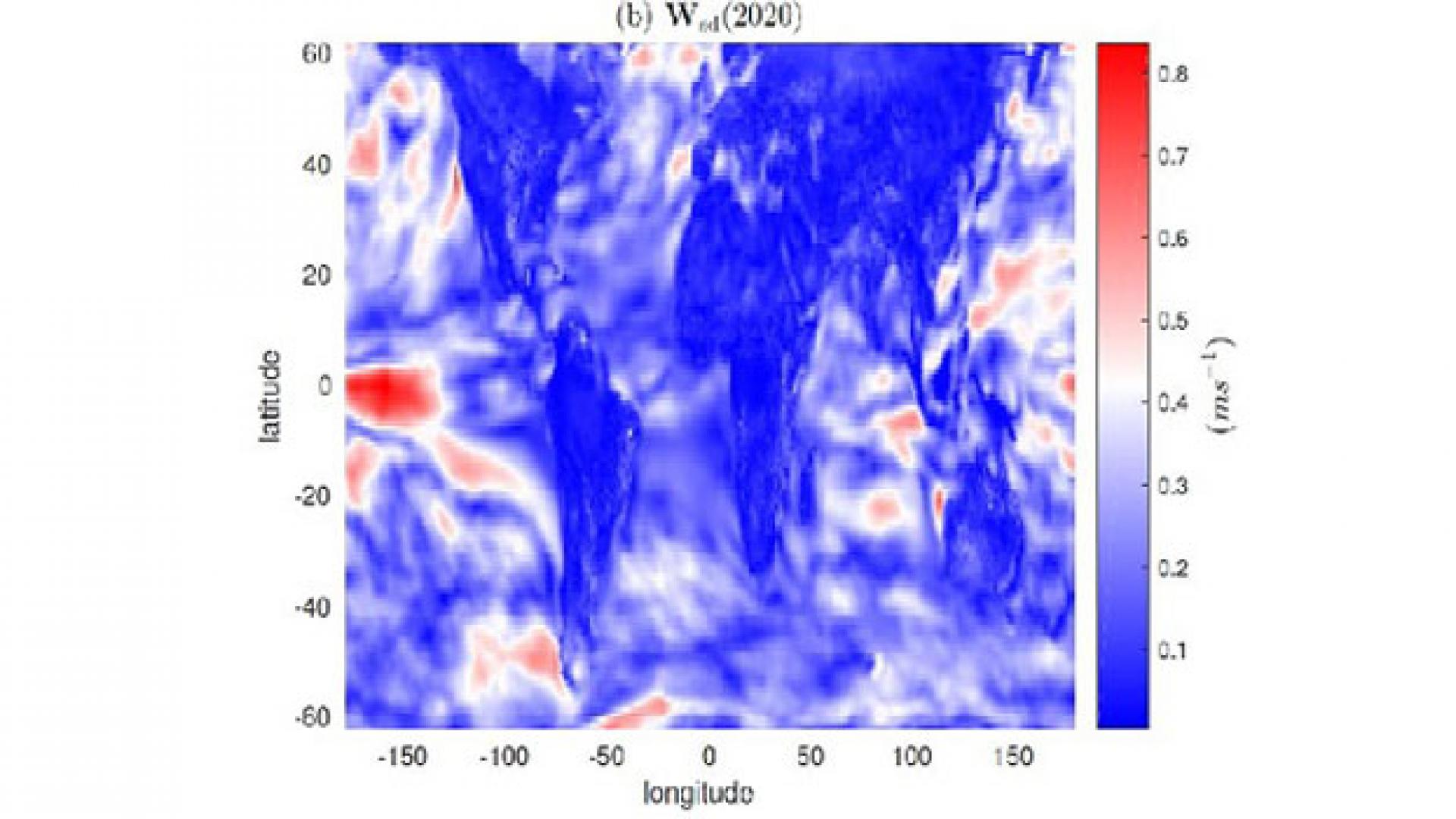As the largest peninsula on Earth, the Arabian Peninsula measures over 3.2 million square kilometers. For decades, scientists have sought to map the geologic formations of the area and its surrounding seas for the purposes of resource extraction to within one meter.
For the past 10 years, KAUST has made a strong presence at the International Conference for High Performance Computing, Networking, Storage, and Analysis (SC) that takes place in different cities around the U.S. every year.
Married couple Wanfang Chen and Yuxiao Li came to KAUST in August 2016 to pursue their Ph.D. studies in the field of statistics. Both students are based in the University's Computer, Electrical and Mathematical Science & Engineering division—Chen under the supervision of Distinguished Professor Marc Genton and Li under the supervision of Professor Ying Sun.





